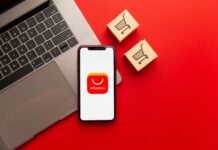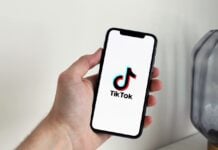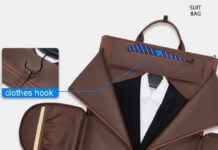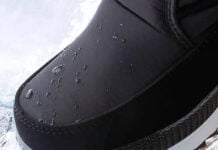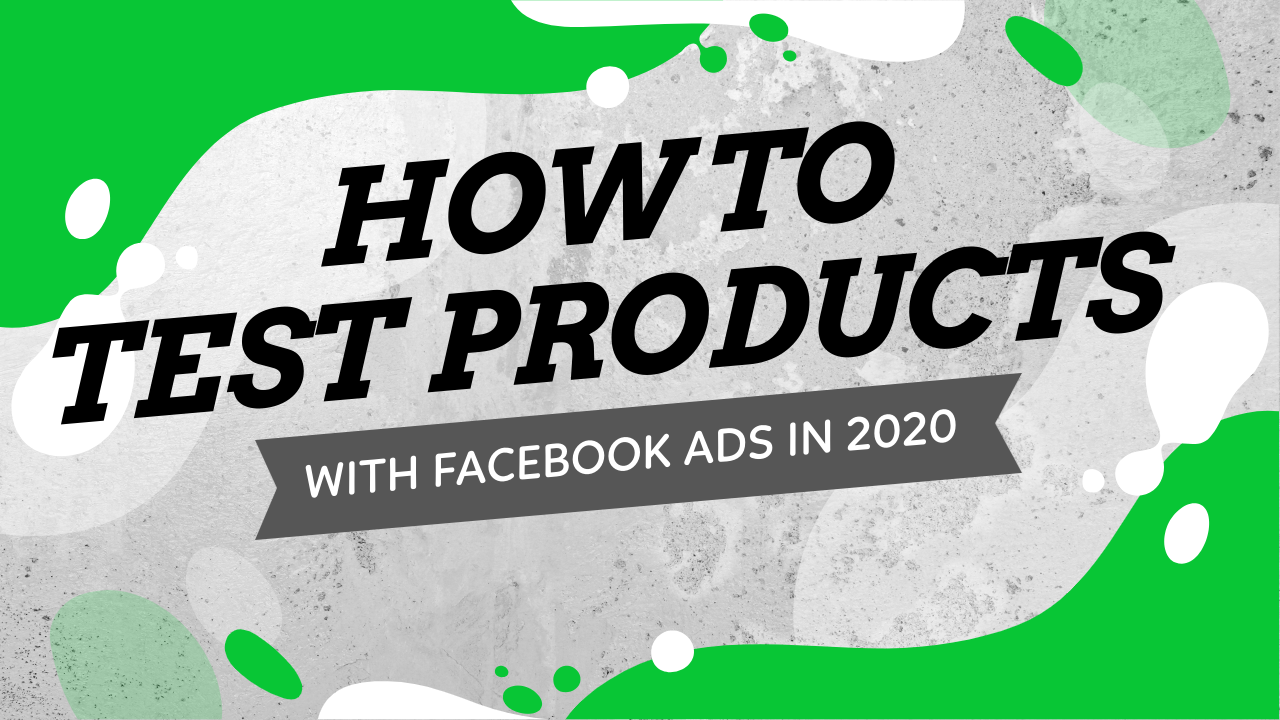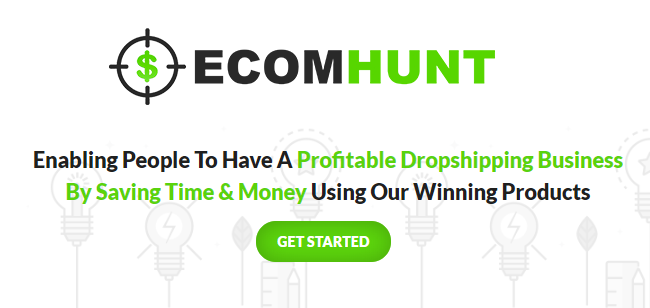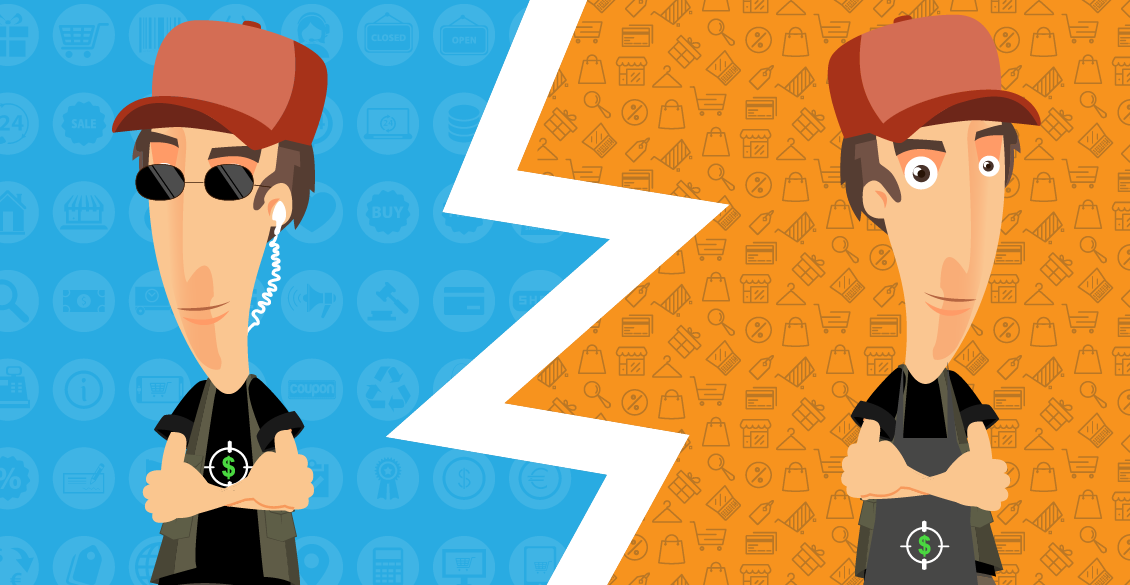Christmas is almost here and now is the time to test some winning products you can find on Ecomhunt to make some bank this Q4. In order to make sales, you first need to drive relevant traffic to your store and one of the best ways to do that is with Facebook ads.
If you want to get the maximum results possible, you have to know the different testing methods so you can launch the one that fits you best. What would be the best way to test a product in a niche with huge audiences and dozens of big interests? And what if the audience isn’t that big? Is a CBO campaign always the better choice?
All these questions and more will be answered in this article!
On top of that, I’ll share some quick scaling techniques if you’re already getting sales and looking to turn your campaign into a real money maker ?
Disclaimer:
The testing methods described in this article are what we personally use when testing out products on our stores. These methods should work for everyone, but keep in mind that every ad accounts acts differently so it might not work the way you expect it to.
If that happens, try switching to a different testing method from this article OR checking out what other big dropshippers are doing.
Before we begin, Remember to always pick a Website Conversion campaign and choose the Purchase optimization.
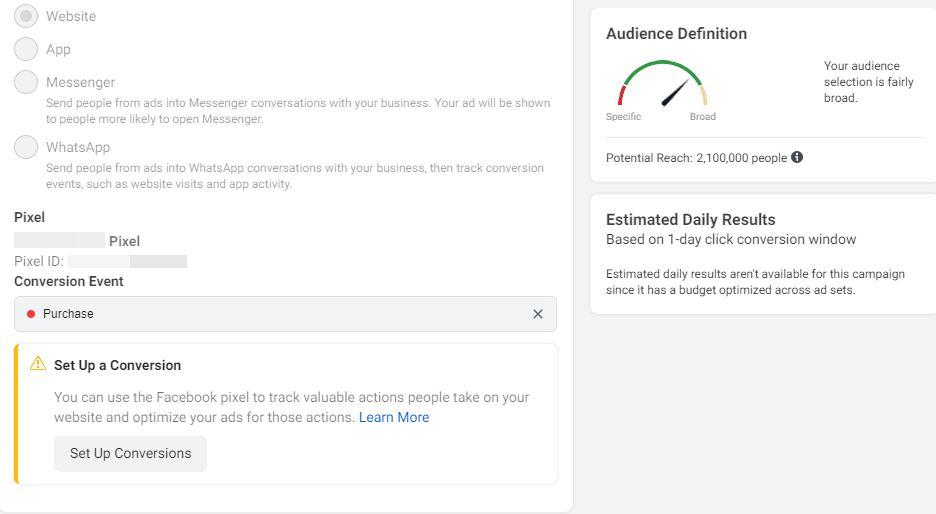
Even if it’s a brand new ad account with a brand new clean pixel with no data at all, you still choose the Purchase optimization. Ignore all the red/yellow warning signs presented by Facebook and just launch your campaigns.
Years of dropshipping experience has taught us that even if there’s no data at all, Facebook will do the best they can to bring you people that buy. If you optimize your campaigns for a different event, like View Content, you’ll receive exactly what you ask for: Clicks to your website and nothing else.
There are still people who go this way and launch View Content campaigns, then slowly move on to Add to Card, Initiate Checkout, and finally Purchase. We believe this is a BIG waste of time & money and you should just choose purchase optimization.
Note:
Some of you who have read my previous posts about testing methods with Facebook ads probably saw that I used to optimize also for Add to Carts. This has worked great for me in the past but since this year’s Valentine’s Day, I stopped using Add to Cart optimization and completely moved to Purchase optimization.
It’s bringing me much better results and ATC optimization simply stopped working for me.
1. Freestyle CBO Testing Method
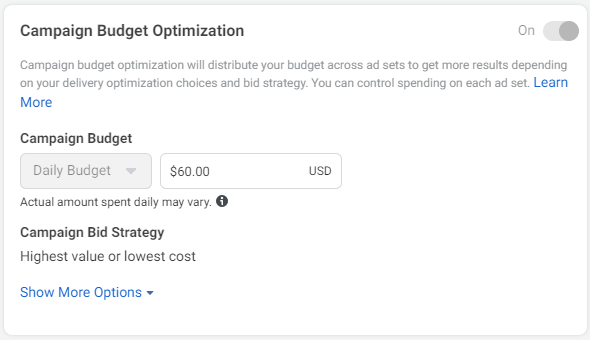
CBO is short for Campaign Budget Optimization and the difference is that the campaign is the one who’s getting a budget instead of each adset separately. You probably know that by now but I had to make sure there’s no confusion.
This Freestyle CBO testing method is pretty simple and gives Facebook the power to do whatever it wants – We simply launch a campaign with a certain budget and give Facebook the option to distribute the budget to out adsets with zero limitations.
We don’t set any minimum/maximum spending amount per adset and let Facebook do as it wants.
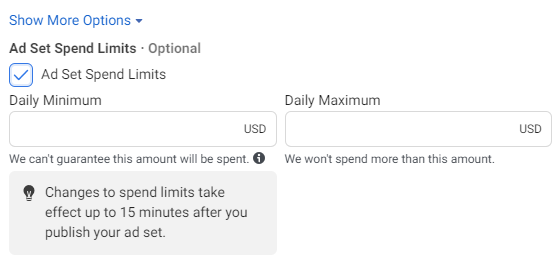
The countries we target depends on our target audience and the product we’re selling. For example:
If our research indicates the product can sell really well in USA & Germany, we’ll target both countries. It can be a different adset per country or even both countries combined in one adset. What we don’t do no more is target Worldwide. We prefer targeting countries we know will definitely purchase from us and if it goes well, we’ll consider targeting Worldwide(but not in the testing phase).
Audience size & Interests:
We keep the audience size over 1 million and we’re not afraid testing out really big audiences like 30 million+.
With the interests it’s a bit more random and we just go with what feels the best for us – One adset can have a couple of interests just piled up, the second adset can hold a single interest, and the third one will have 3 interests layered down, etc.
There’s no specific rule about having only one interest per adset or no more than 5 interests piled up in a single layer. You just need to look for the right interests that hold the audience you need and sometimes make some smart combinations to get better results. That’s it.
Daily budget and number of adsets per campaign:
The minimum daily budget we use for testing is $50 and we never go beyond $100. The number of adsets we have in a single campaign is no less than 4 when the average is 5. I think that $50 daily budget with 4-5 adsets gives Facebook plenty of room to test your adsets and find the best one that works.
Note:
This method can be somewhat annoying as Facebook can end up giving a good adset, that brought a cheap conversion, much less budget than to a different adset that converted for a lot more. So be prepared to “lose” a bit of money and have patience.
Don’t close down right away adsets that converted for a lot more because they can make a comeback in the next day.
Scaling technique:
If one or more of the adsets in this Freestyle campaign are showing some promise, you can always duplicate the winning adset(s) into a new campaign multiple times. Let’s say one of your adsets is bringing cheap conversions, but all the rest are doing pretty bad. What should you do?
First of all, if enough days have passed, you can shut down the bad adsets in your original CBO campaign and keep only the one that works. Keep everything else the same, like budget. Next, you should duplicate the winning adset 3 or even more times into new campaigns.
So if you decided to duplicate it 3 times, you will now have 3 new CBO campaigns with a single adset inside each of them. The adset, of course, is the winning adset that brought you good conversions.
This is our preferred method instead of touching the daily budget of the original campaign – We always prefer to duplicate instead of touching working campaigns.
2. Regular ABO Testing Method
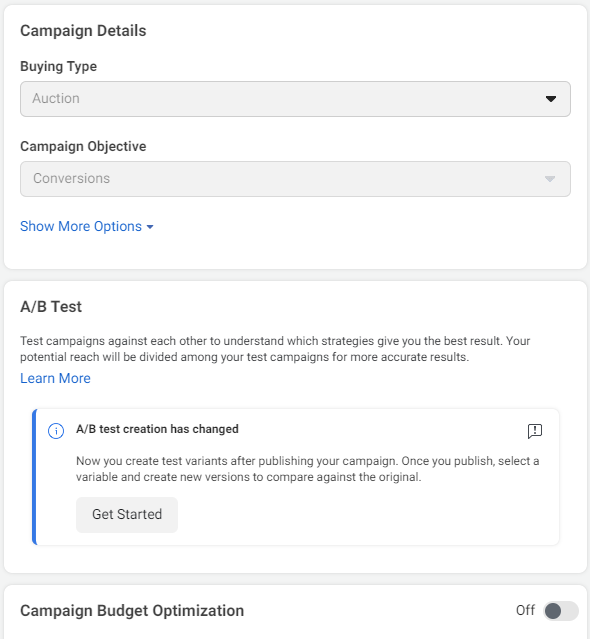
In 2019, Facebook announced about a new type of campaign which we all know by now as CBO campaigns. This campaign was supposed to completely replace the regular ABO(Adset Budget Optimization) campaigns. At first, CBO campaigns didn’t work too well and Facebook delayed from September 2019 I think to early 2020.
Well, fast forward to a few months later and we still can launch ABO campaigns on our old and new ad accounts… We can only guess why CBO isn’t mandatory to this day(COVID-19?) but there’s one thing a lot of advertisers, including us, are pretty sure of: It will eventually replace ABO so you better start using CBO if you still haven’t.
Anyway, let’s get back to the regular ABO testing method.
Audience size & Interests:
With ABO, we tend to test normal sized audiences – This means that we prefer going for audiences less than 1 million and up to 5 million. I find ABO to not work that well with really large audiences(when testing, new pixel & all) and I prefer toning it down a notch.
So I can have one adset targeting an interest with audience size of 2 million+ and the second one will target an interest with audience size of 300 thousand. And the Interests we choose is the same way as we do in our Freestyle CBO campaigns.
One adset can have only 1 interest while the other one can have 4 interests all layered down.
Daily budget and number of adsets per campaign:

A minimum of $5 per adset and up to $25 per adset when testing new products is what we usually go for. Again, it depends on the budget and the audience size.
For example:
If our budget is $100 a day and there’s not that many interests to choose, we can end up with 4-5 adsets each having a $20+ daily budget. If the audience is big and there are plenty of good interests to choose from, we can end up with 10 adsets each having a $10 daily budget.
After you’ll gain some experience, this part will become easy for you.
Scaling technique:
When it comes to ABO, touching a good working adset that brings conversions is considered a TABOO. With CBO campaigns, the budget is on a campaign level so even if you edit it live, the adsets won’t be affected the same way as if they had their own budget.
Editing a working adset budget will bring it back to learning phase and you may stop getting the same conversions as you did before the change. So for the scaling technique, we prefer duplicating the original adset a couple of times and keep it all under the same campaigns.
Duplicating x3, x5, or even x10 times(if you feel confident) and just shut down the ones that bring bad conversions is the way we scale. Or you can duplicate a good adset and make a small change to it like changing the interest, the ages, etc.
Pretty simple scaling technique which stays in the same original campaign.
Always Refresh Your Ads By Using New Creatives
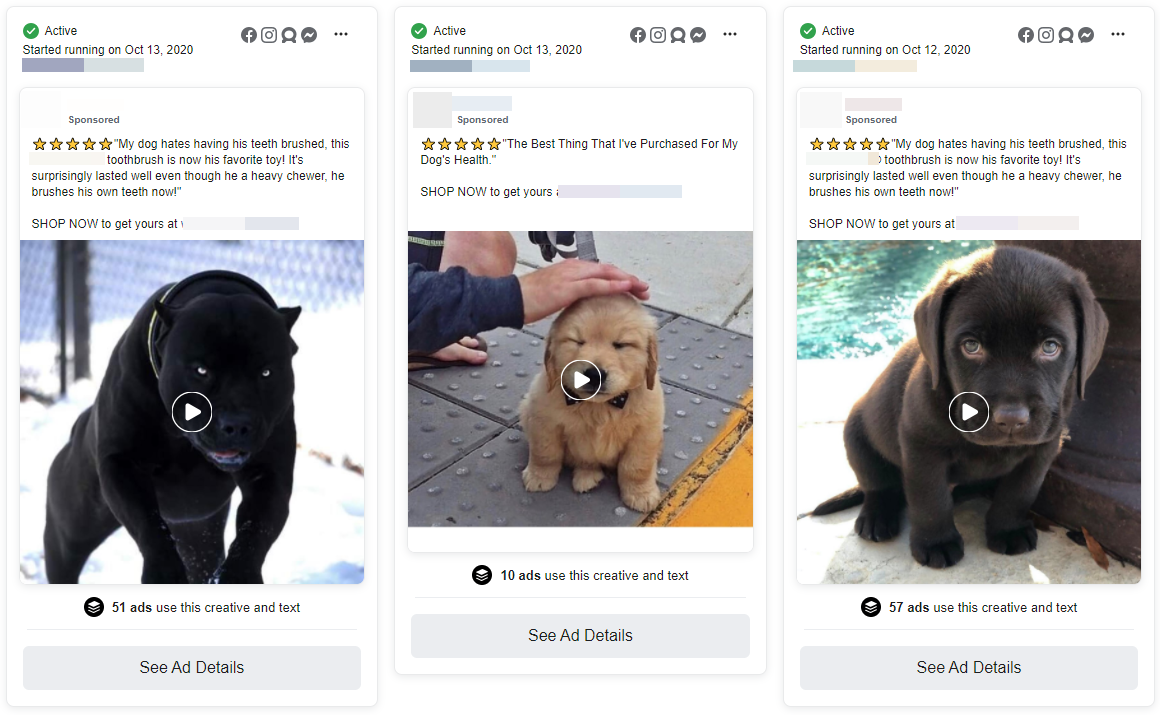
Even if your ad was made by a professional studio, you still need to use different creatives when running ads for your dropshipping products. If you have a single video ad, you can create 2 or more thumbnails and run each thumbnail in a separate ad.
You can change the first 3 seconds, which are super important and need to catch your customer’s attention, and run each variation as it’s own separate ad. Or even create 2-3 totally different video ads and see which one performs the best.
Facebook will eventually learn which ad performs the best and this ad will get more budget and conversions.
To Sum It Up:
Remember that before launching your ads, you need to make sure your store is ready to get traffic. It should be optimized for sales and there can’t be anything missing like forgetting to add reviews or not having a logo on the checkout page.
You video ads as well need to be good enough to get people to stop and later click on your ad. This can be easily done by hiring someone with experience to make you a dropshipping ad OR you can learn what others are doing by spying on their ads to learn their tricks.
When everything else is ready, you can get to launching your ads and start getting sales!
Good luck 🙂
Struggling to find good products to sell? Not sure who’s your target audience? Tired of losing money on products you were sure were “winners”?
Then Ecomhunt is what you need! Find hot winning products that are added daily, spy on their ads & stores and import them into your store in 1 click and Start Selling Today!
Must Read Articles:
- Winning Product Alert – Sell This Sushi Maker This Christmas! [Full Ad + Store Review & Tips]
- 4 Tips To Make Sales This Q4 – Get The Most From Christmas 2020
- [New Feature] Ecomhunt LIVE – Catch Trending Winning Products Before Anyone Else!

Daniel Aloni is one of the leading mentors in the Ecomhunt family. Daniel is a highly experienced Print On Demand seller with multiple 6 figures successful launches.
